7 blue-chip American classics bound for auction in Monterey
While the Monterey Car Week auctions attract an enormous amount of European exotica—especially Ferraris—many bidders also pack their checkbooks and money orders to browse an overwhelming selection of rarefied American cars. And while there’s an expected share of traditional mid-century muscle cars, hot rods, and restomods, plenty of blue-chip Americans are also on parade.
So fly the flag, grill a burger, and cut an extra slice of apple pie—it’s time to get patriotic.
1993 Vector Avtech WX-3 Prototype
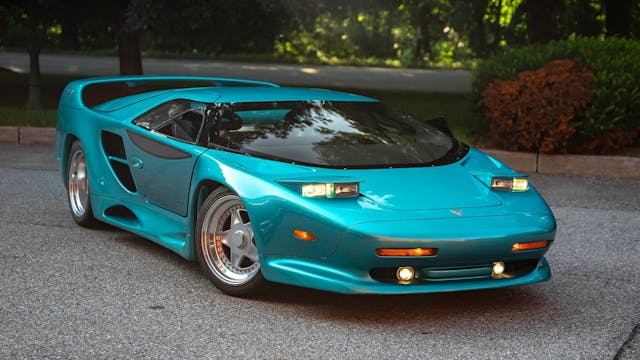
If you really, really must stand out at Monterey’s Exotics on Broadway, consider placing a high bid on this terrifically teal Vector. Even for Vectors, this is about as ’90s as you can get—it’s not so much frozen in amber as it is caught in a hardened block of Crystal Pepsi.
Vector founder and frontman Jerry Weigert developed the WX-3 as the long-awaited follow-up to the sensational W8 supercar, offering the same outlandish futuristic aesthetics and outrageous (claimed) performance as the 1980s icon but with updated tech, interior appointments, and further engineering development.
The program was nearly complete, with the prototype duo shown at the 1993 Geneva auto show to public acclaim. An ill-timed hostile takeover from Megatech forced Wiegert and the WX-3 out, with the new owner instead slapping the Vector badge on a run of modified Lamborghini Diablos. In the interim years, Wiegert kept both WX-3s, showing them at a wide range of events in Southern California.
Wiegert finally unloaded both WX-3s at the 2019 Arizona Auction Week, where this teal coupe brought a then-impressive $615,500. Then, according to the current sale listing, roughly $300,000 was invested in restoration between 2019 and 2021. As is the case with most 1980s and 1990s supercars, Vector values have risen significantly since then, so we’re eager to see what kind of cash this teal terror brings. Quite a bit, if its $1.5M–$2M estimate is accurate.
1934 Cadillac V-16 Fleetwood Aerodynamic Coupe
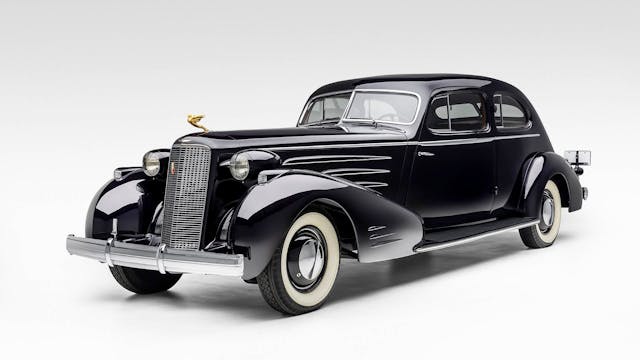
Completely different but just as stunning is this Cadillac V-16 Fleetwood coupe. It might not have the Instagram panache and 1000-hp dyno sheet of the Vector, but this colossal Caddy packs twice as many cylinders plus oodles of elegance.
Cadillac’s legendary V-16 series is arguably the grandest of all cars from the automakers we now know as The Big Three, matched domestically only by the rolling art from Packard, Pierce-Arrow, and Duesenberg. Over the course of its ten-year production span, the V-16 chassis could be had in a number of body configurations, ranging from stretched limousine to four-door convertible and all the way down to a (still massive) two-door coupe.
All are noteworthy, but few match the splendor of the Aerodynamic Coupe. Twenty were built, and only eight were laid on the long wheel-base V-16 chassis presented here. Of those, only five are known to remain.
The early history of this Sixteen isn’t well documented beyond factory notes, but its eventual purchase by William T. Walter, Sr., of Drexel Hill, Pennsylvania saved the Aero Coupe from the ignominy of its wartime occupation as beer delivery vehicle. Those fleet service records must have been a sight to behold.
Wearing a well-preserved restoration, it has a $750,000–$1M estimate for Monterey.
2020 Ford GT Mk II
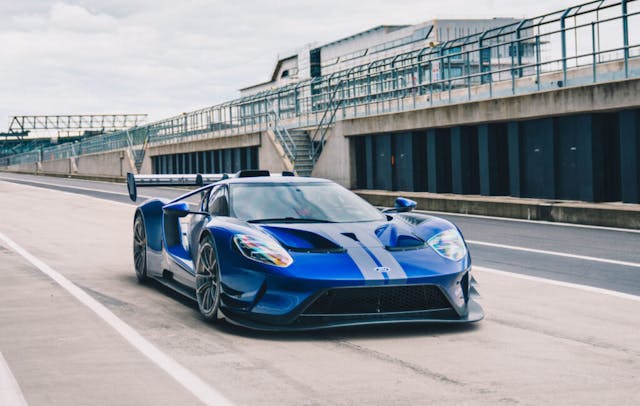
The past five years have shown that genuine production Ford GTs of any generation or configuration are globally desirable collectibles, regardless of whether it packs a supercharged V-8 or a twin-turbo V-6. In America, they’re superstars; by our count, there are ten GTs hitting the Monterey auctions. But this 2020 Mk II is one of the more intriguing GTs of the weekend. It’s one of just 45 Mk IIs built, each track-only special sold to pre-existing GT buyers with a whopping $1.2M price tag.
What’s interesting here is the track-only status. Regular, road-legal second-gen GTs routinely go for over $1M, but track-day-only specials have more limited opportunities for use and can be a tougher sell. Even so, other Mk IIs at auction have sold well and this one carries an estimate of $1.0M–$1.25M.
1971 Chevrolet Corvette ZR2
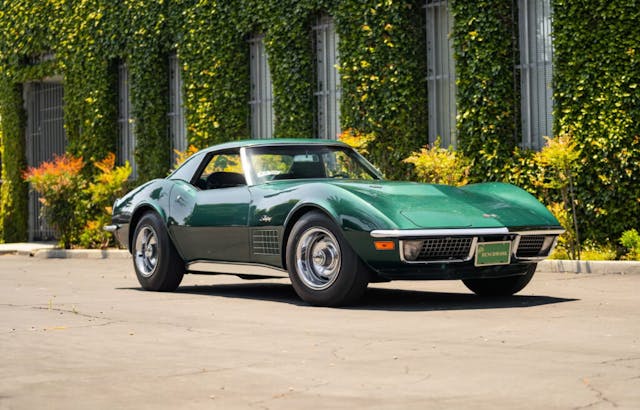
While not quite on the level of Corvette unobtanium as the 1969 ZL1 that sold in Arizona earlier this year, this ZR2 is still a rare, low-production, built-to-order big-block. Only instead of the ZL1’s aluminum-block L88, the ZR2 gets an iron-block 454.
Still, ZR2s don’t come up for sale often, and this is likely the hottest Corvette available in Monterey. The Brands Hatch Green convertible is one of just two built out of twelve total ZR2s. The odo shows only 8795 miles and according to Mecum, the car remains unrestored and in original condition. That goes a long way in explaining its $975,000–$1M estimate.
1954 Oldsmobile F-88 Concept Car

Speaking of Corvettes, this ain’t one. Despite the obvious C1 profile, this was Oldsmobile’s Motorama vision of what an Olds sports car might look like, and gave showgoers a preview of what was to come from the marque.
Indeed, the only Corvette DNA in the F-88 concept is the C1 chassis found underneath the fiberglass bodywork. Everything else not experimental is pure Olds, right down to the 5.3-liter (324 cubic inch) Super 88 V-8. It caused quite a stir at the time of its Motorama debut, and as Chevrolet wasn’t quite sure what the future held for the slow-selling Corvette, production considerations were explored for the F-88 before the Corvette picked up speed and resources were allocated elsewhere.
In addition to the original show car, two extra F-88s were built for GM execs. One is presumed to have been dismantled in-period, while the other was rebuilt into the F-88 Mk II show car, and subsequently lost to time. Thus, Broad Arrow’s gold example is the only known example and is strongly believed to carry most of its components from the original Motorama appearance.
Among American show and concept cars from the ’50s, the F-88 is among of the most recognizable. Expect a mix of Corvette and Oldsmobile superfans to bid it up to the $2M–$3M estimate.
1954 Cunningham C-3 Coupe by Vignale
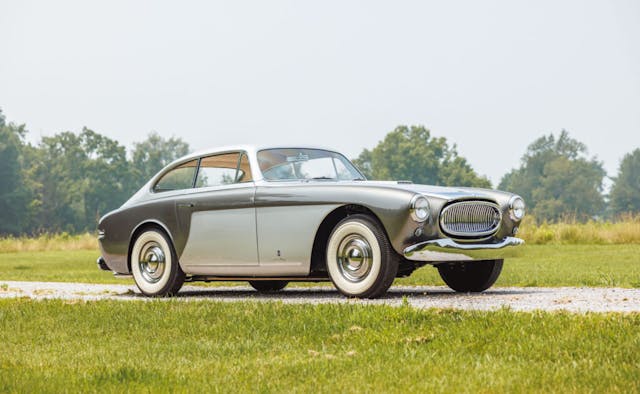
Contrary to its Euro-centric Vignale coachwork, this gorgeous Cunningham C-3 is an American thoroughbred. The life and career of sportsman and C-3 namesake Briggs Cunningham is far too fascinating to cram into this nutshell, so here’s a fuller history of that founding father of car collecting.
More than a decade before Ford turned its sights on France, Cunningham long pined for an American to sit at the top of the Le Mans podium. He leveraged his sizeable fortune and racing know-how to create the B. S. Cunningham company, an outfit dedicated to developing bespoke American race cars to take on La Sarthe.
For his gorgeous and rather distinctive race cars to barrel down the Mulsanne Straight, ACO regulation dictated a roadgoing production Cunningham for homologation. The subsequent C-3 fulfilled this obligation, but it was far from just a compliance car. In essence, the C-3 utilized a modified chassis from the earliest Cunningham Le Mans car draped in fine touring coachwork and interior appointments, and like most of his race cars, power comes from a Chrysler V-8. In this case it’s a 5.4-liter FirePower good for 220 hp.
These were hand-built, hand-finished cars, and while it was never going to be cheap, production woes nearly doubled the purchase price by 1951. Even for the era, this was a hard sell; records indicate only 27 C-3s were built between 1952 and 1955. Rarity, Cunningham’s celebrity, fine coachwork, and racing provenance keep the modern Cunningham market strong, so this one’s $950,000–$1.2M estimate seems high but realistic.
1965 Shelby GT350 R
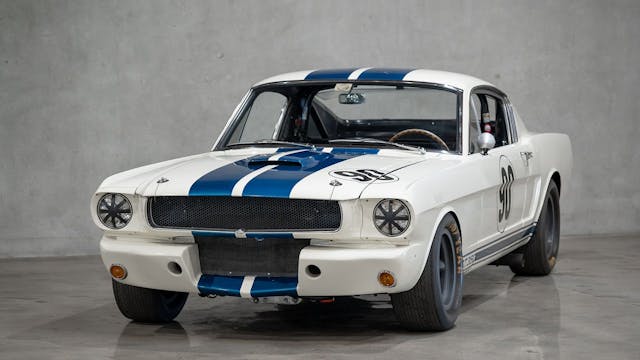
One of just 36 GT350 Rs built, this is likely the peninsula’s prime pony.
It likely won’t break the record previously set by the famed “Flying Mustang” GT350 R driven to glory by Ken Miles, but chassis SFM5R212 does carry in-period competition records including an official showing at the 1966 24 Hours of Daytona, where it took second in the GT 3.0 class and 18th overall. The car was reportedly raced extensively in the mid-1970s and beyond, with appearances at SCCA and IMSA events hosted at Lime Rock, Watkins Glen, Cumberland, and Mid-Ohio.
So, not the winningest Shelby—but a significant Shelby nonetheless. Genuine GT350 Rs are shoo-ins for a wide variety of popular vintage racing events around the globe, not to mention top-billed attendees at any Ford gathering. The estimate for this one is $900,000-$1M.
***
Check out the Hagerty Media homepage so you don’t miss a single story, or better yet, bookmark it. To get our best stories delivered right to your inbox, subscribe to our newsletters.
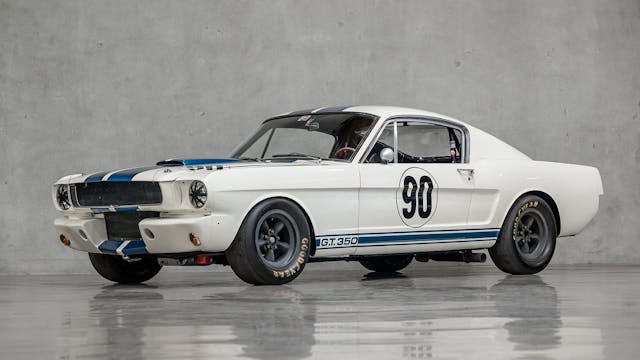
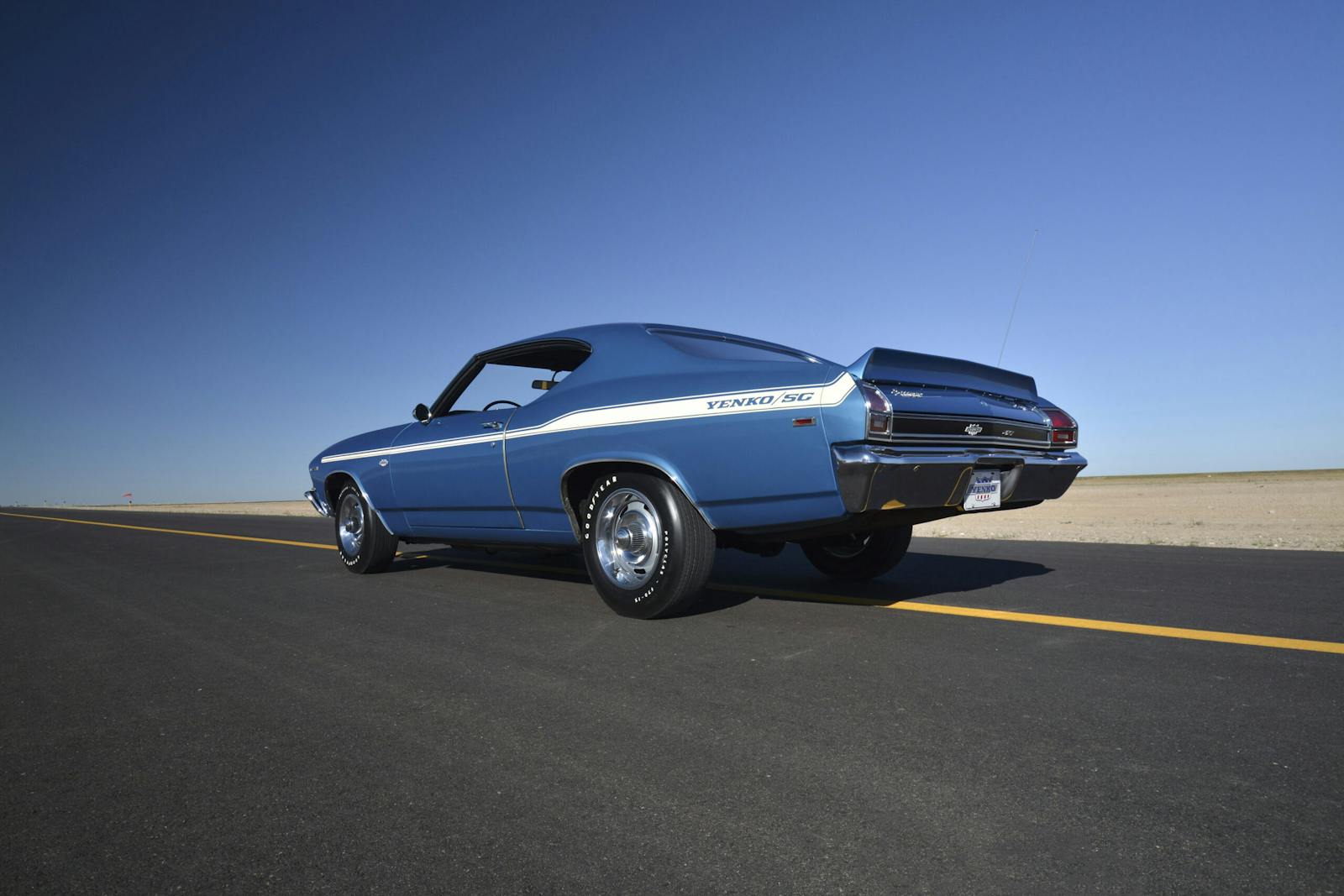
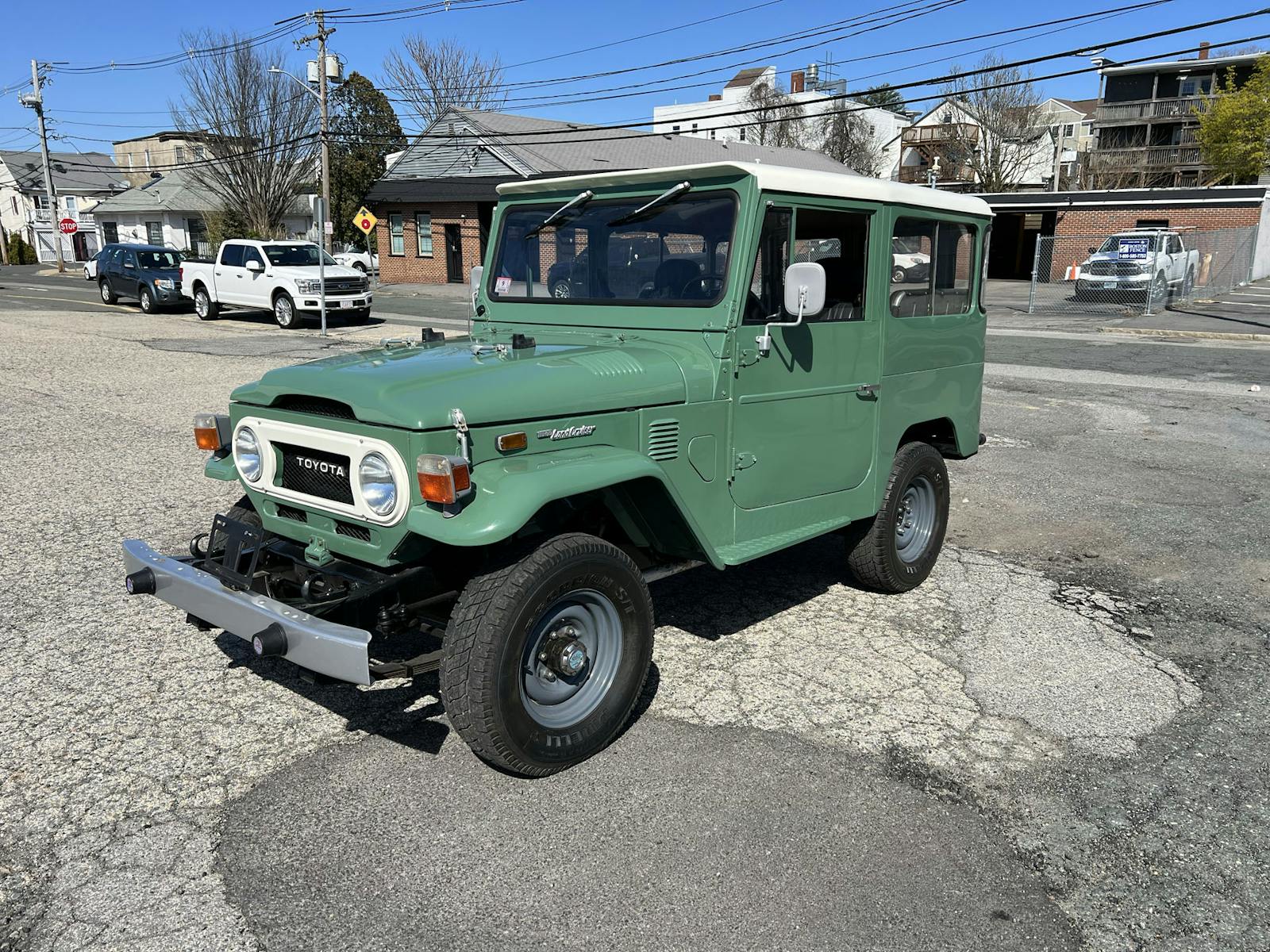
I hate to say it but I just don’t care anymore and that sad fact has everything to do with the obsession with money replacing the obsession with the cars. Sorry.
Well said.
Unfortunately, money is the driving factor and without it, those cars would have been junked long ago. Money has kept them alive.
I’m inclined to agree. I admit that to some degree, it could be a function of my age (the winter years approach), but it’s hard to get excited about something in which we can’t participate because we can’t (or don’t want to) invest huge sums of $ to join the club.
Totally agree. I’m surprised there isn’t a company like “Masterworks” consolidating these cars into a collection of “investment Vehicles”. Shares would be available to the proletariat in order to diversify their portfolio to include fine automobiles as an investment category.
No love for the cars, just the ROI.
There IS at least one company selling fractional shares of “investment” vehicles.
I blame Mecum. Once it’s on cable, f’gt aboudit.
All of the above comments seem to be authored by guys who have forgotten about having fun. Sad
Well the Olds is pretty damn cool and that GT350R does tend to ruffle my withers. As the previous fellow mentioned, its all about the money now and no longer the “obsession with the cars”. I get it. Still in all, that Olds is pretty unique and if I had the geetus, it would be my choice.
I would like them all. But if I can only have 1 it’s the Vector!
I’ll say it again, I like the color of the 1971 Chevrolet Corvette ZR2
Is the recent Jaguar XJ not an exact copy of the Cunningham,
stretched to four doors
Not currently but older models, yes
I am a fan of the Shelby GT350 and the new Ford GT, however, the old Cadillac sure caught my eye. What an amazing beer delivery car.
Money its a gas! I would have to agree that the money part spoils the car, but also saves a lot of cars. I find at more and more events when showing a car that people are more interested in asking me what my car is worth. I find this rather uncomfortable and I really like my cars. Would not trade for a case full of money.
Wish more would focus on what makes the car a special. How it looks or how it is to drive, etc…
Imagine, I drove my 1956 Porsche Speedster all over in the 1960’s. It was a car to be driven. Today even a replica is going to cost more than I’m willing to spend. It seems the Miata NA is a pretty good, cheap substitute and I enjoy driving mine.
1954 Olds F-88? Wow… has the cool factor by a long shot IMHO.
I agree with everyone else about the financial aspect of having/ owning automobiles as a viable hobby.
Those of us with a few bucks saved up are probably much more interested in ROI.
Money is the driving force for Everything! Homes, Collectables, Paintings!! How about a Million Dollar painting hanging on your wall? Which would you rather have? a car in your garage or a painting on the wall?
And what is a dollar actually worth? NaDa!
I Love cars and always will, but they are becoming out of hand anymore price wise.
Most of these people who spend a kings ransom for these cars are not in it for the beauty of the car. It’s a high steaks game they play with each other. Two of them want the same car,one out bids the other and gets the car for $1 million. Puts it in a controlled environment for a couple of years .Brings out to another auction and it sells for $1.2 million. They have done a lot of damage to the hobbie. I can’t tell you how many times in the last ten years I’ve gone to look at a car that’s supposed to be in good shape only to find a rusty hulk that isn’t even a good parts car. But, the seller still wants studid money or it.Why”I saw one just like it on tv sell for$40,000″.
Just dropped off a relative at the Westchester County Airport and they have a static display of a P-80 not remembering earlier aircraft nomenclature I found it to be a P-80. I had mentioned it to an older brother and mentioned it to be the aircraft of our youth. I received this email and the F-88 is mentioned and the closeness of body lines is striking! Can’t post the picture, take my word their close.
An aerodynamic Cadillac V-16. Yes, please! When is the next Mega Millions drawing?
Remember folks most of these are pretty much one offs. What do you expect them to sell for? $25,000. Get real!
I’d take the Cunningham first and then add the GT350R. Both beautiful cars.